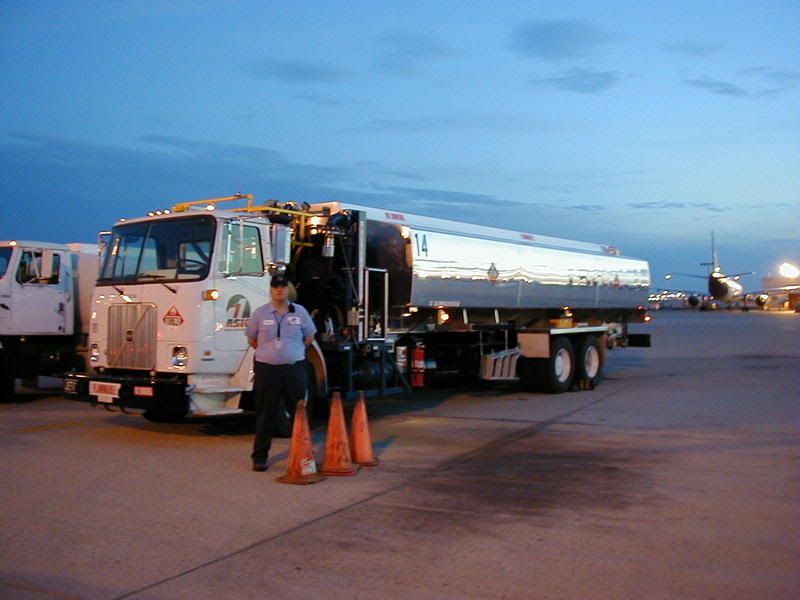Most people don't watch the Mission Day briefings, but I caught a few of them and there were some numbers given out about damage to the shuttle in the past to the TPS (Thermal Protection System), including that NASA averages finding 300 impacts/locations of damage on the TPS after each flight.jonesey2k wrote:Here is a picture of the damage that the spacecraft sustained during launch from a foam strike:
http://www.nasa.gov/images/content/1872 ... pd2305.jpg
I would have thought they would have tried fixing it before coming down after what happened last time...
After STS-107, much of the research done was to build a database of effects on the TPS using different sized and massed projectiles at different speeds to be able to compare impact damage observed during the scans and known impact data to be able to not only determine what hit, but how hard it hit, and how bad the damage really is because following the damage being done to the TPS test pieces, the information was then entered into the supercomputers at NASA and they ran thermal simulations to find out what would happen during re-entry with the known damage to the shuttle. They found that most of the TPS is very resiliant and entire tiles could be missing and still the shuttle be safe over most of the under surface of the shuttle. The only real vunerable parts to singular impact was the leading edges of the craft, exactly where the impact that destroyed Columbia occured. They also had the side effect of verifying the original tests done in the 1970s and early 1980s when the TPS was being developed for the Shuttle that said basically the same thing. The only difference between then and now is that they will know exactly what has been hit, how bad it's been hit, and exactly what will happen (via the thermal simulations that are done once the impacts have been located and measured) before reentry occurs. Before, they could only see the damage after reentry.
One thing I think most people forget - foam shedding didn't start happening until Greenpeace, the Sierra Club, and other "environmentalist" groups started complaining about how NASA applied the foam to the External Tank. After NASA changed the application method to be more "environmentally friendly", they started having problems with foam shedding and have been working ever since trying to figure out how to fix it. The only real fix is to go back to the old way, but some people think that the lives of people and millions of dollars worth or equipment aren't as important as nature. There's a line between responsible environmentalism and idiocy, and STS-107 was proof of what happens when that line is crossed because of political pressure being put on an agency or company to "go green" regardless of what might happen to safety because of it.






